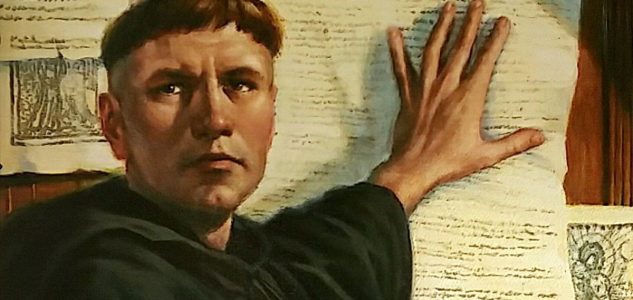The protestant reformation, the Renaissance were significant parts of the historic 16th century with Martin Luther protesting indulgences and other sins with his 95 thesis; Michelangelo unveiled the ceiling of the Sistine chapel; Erasmus, with the help of printer John Froben, published a Greek-Latin Parallel New Testament, William Tyndale, 12 years after he left England, was led from prison to the stake where he was strangled, then his body burned; John Rogers burned to death at a stake at Smithfield, England. Also, the ‘Cosmographiae Introductio’ is printed and suggests the name “America” for the New World after explorer Americus Vespuccius; ; the St. Bartholomew’s Day massacre, and the Spanish Armada occur.
READ: Three 16th-Century Truth Seekers—What Did They Find?
TIMELINE: 1500’s world timeline; America’s timeline
2020s | 2010s | 2000-09 | 1990s | 1980s | 1970s | 1960s | 1950s | 1940s | 1930s | 1920s | 1910s | 1900-09 | 1800s | 1700s | 1600s | 1500s | 1400s | 1300s | 1200s | Full Timeline | Top 100 Conspiracies
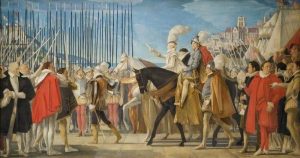
“Speech to the Troops at Tilbury” by Queen Elizabeth I of England
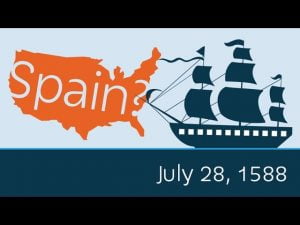
The Defeat of the Spanish Armada
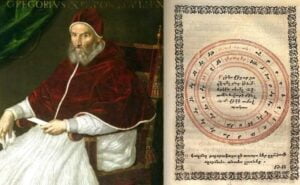
The Gregorian Calendar is First Adopted in Some Christian States
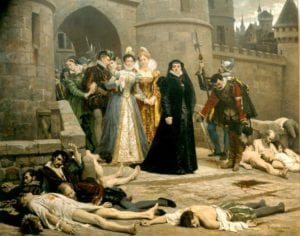
St. Bartholomew’s Day Massacre
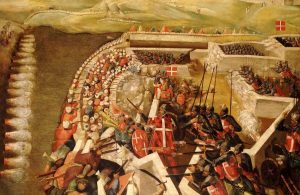
Knights of Malta defeat the Attacking Muslims Perhaps Saving Christianity
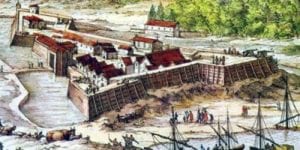
The French Christian Huguenots in Florida set a day of Thanksgiving and offered the first Protestant prayer in North America
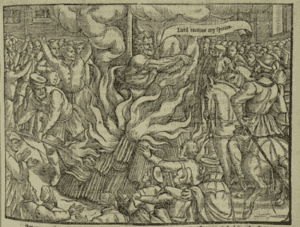
John Rogers is Burned to Death at the Stake in Smithfield, England. The First of Queen “Bloody” Mary’s Reign
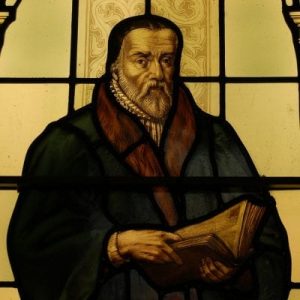
Religious Reformer William Tyndale Burned at the Stake for Trying to Make the Bible Available to Common People

Protestant Reformation Begins: Martin Luther Nailed his 95 Theses to the Door of the Wittenberg Castle Church, Protesting the Sale of Indulgences and Other Practices



